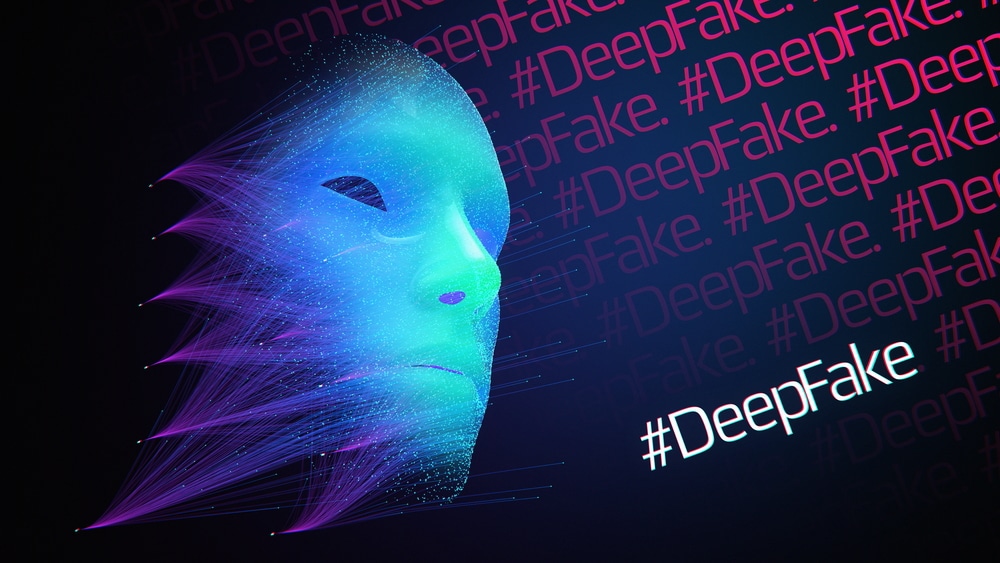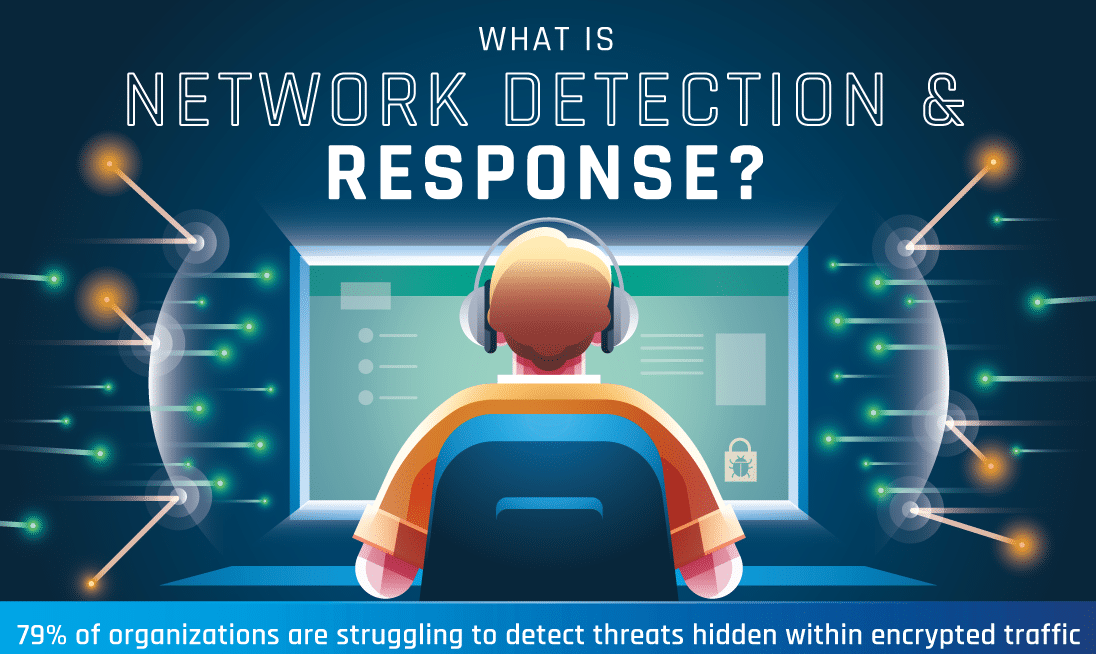
Over a third of organizations adjust security strategy for AI-driven threats
More than one in three organizations (37 percent) say AI-driven attacks forced them to adjust their security approach over the past year according to a new report from Netwrix.
The global survey of 2,150 IT and security professionals from 121 countries finds 30 percent say their business uses AI and must now protect it like any other critical system. Compliance is catching up too, 29 percent report auditors now require proof of data security and privacy in AI-based systems.

Confidence in software supply chain security at odds with actual readiness
New research finds that 32 percent of security professionals think they can deliver zero-vulnerability software despite rising threats and compliance regulations. 68 percent are more realistic, noting they feel uncertain about achieving this near-impossible outcome.
The study from Lineaje, carried out among RSA attendees, also shows that while software bill of material (SBOM) regulations and guidelines continue to increase, organizations vary in their level of adoption.

Complex regulations and sophisticated cyber risks worry compliance professionals
New research from governance, risk, and compliance (GRC) specialist MetricStream, in collaboration with GRC Report, looks at risk practitioners' priorities for 2025.
Navigating the complex regulatory landscape is among their top challenges this year, named by 51 percent, with new guidelines, evolving requirements, and unexpected policy shifts occurring almost weekly.

Enterprises consider ditching Oracle Java over cost worries
The percentage of organizations considering alternatives to Oracle Java has jumped significantly from 72 percent in 2023 to 88 percent today.
The Azul 2025 State of Java Survey and Report finds 99 percent of enterprises are using Java. The top reasons given for considering a migration away from Oracle Java include cost (42 percent), preference for open-source (40 percent), Oracle sales tactics (37 percent), uncertainty created by ongoing changes to pricing and licensing (36 percent), and restrictive Oracle policies (33 percent).

Almost half Gen Z and Millennials have had their social media passwords hacked
New research from hardware authentication security key provider Yubico shows nearly half of Gen Z (47 percent) and Millennials (46 percent) have had their social media account passwords hacked.
It's no surprise then that these generations are keen to adopt hardware security keys, reflecting a growing mistrust of traditional passwords and a shift toward more secure, physical authentication methods.

More than half of organizations think their cloud security is inadequate
A new survey, from infrastructure management provider Pulumi, reveals that 58 percent of organizations feel their cloud security is inadequate, underscoring the critical need for enhanced security measures in cloud environments.
This echoes research from other sources which show a 75 percent increase in cloud intrusions from 2022 to 2023, and 44 percent of organizations having faced a cloud data breach -- 14 percent reporting one in the past year.

Last year's cybersecurity issues could still be this year's nightmares
It can seem like securing systems is all about new threats and zero-day issues. But research from exposure management platform CyCognito shows that older issues can still be a problem.
It shows two percent of organizations have assets still vulnerable to Log4j. What's more over 50 percent of attempted patches require multiple rounds of validation before the patch is successful, often because of incomplete or inaccurately followed remediation instructions -- effectively prolonging the exposure window.

Nearly half of enterprises face increased cost due to poor IT asset data
Around half of organizations have experienced a significant increase in their audit budget expenditures due to poor IT asset inventory data.
Research carried out by YouGov for Oomnitza shows 56 percent of companies report that the data accuracy of their configuration management database (CMDB) is only 85 percent or less with insufficient levels of process automation.

The impact of AI on cybersecurity
The market for AI in cybersecurity is expected to reach more than $133 billion by 2030 according to a new report from Techopedia.
There's both a positive and negative impact from AI use. Hackers using AI has fueled a huge rise in cybercrime, expected to reach a massive $9.22 trillion cost to internet users in 2024, with the vast majority (85 percent) of cybersecurity professionals blaming AI. This rise is for these key reasons: AI increases the speed and volume of attacks, it adapts to specific defenses, and it creates more sophisticated, personalized attacks.

Value of cybercrime equivalent to the third largest global economy
Whoever said 'crime doesn't pay' clearly did so before the advent of the internet. A new report shows that if cybercrime was a country it would be the third largest global economy, valued at $10.5 trillion by 2025. Some 33 billion records are estimated to be stolen in 2023 -- a huge increase of 175 percent from 2018.
The latest Cybercrime Statistics Report from Independent Advisor, shows that last year the cost to US businesses of an average cyberattack amounted to a huge $4.35 million. In addition, 83 percent of organisations got attacked more than once.

Deepfake fraud hits a third of businesses
Deepfake fraud is on the rise, with 37 percent of organizations experiencing voice fraud and 29 percent falling victim to deepfake videos, according to a survey by identity verification specialist Regula.
Fake biometric artifacts like deepfake voice or video are perceived as real threats by 80 percent of companies, with businesses in the USA most concerned, about 91 percent of organizations considering them to be a growing threat.

What if cloud data was stored on floppy disks?
In 2020 alone, 61 percent of businesses migrated their workloads to the cloud, with 48 percent actively choosing to store their most important data in the cloud.
But because cloud storage is out of sight it can sometimes be difficult to understand just how much data there is stored out there.

32 percent of remote workers use unapproved apps and software
Remote working poses a number of risks from an IT security point of view. A new report from Lookout finds that 32 percent of remote and hybrid workers use apps or software not approved by IT and 92 percent of remote employees perform work tasks on their personal tablet or smartphone devices.
Remote workers are also less likely to follow best practices for security. 90 percent access corporate networks from areas other than their home, with an average of five different locations -- introducing security risks as company data could be exposed across multiple networks not monitored by IT. 45 percent use the same password for work and personal accounts too.

The challenges of network detection and response
Even as we've seen a shift towards remote working, networks remain the part of an organization that are most at risk from cyber attacks.
In a new infographic LiveAction looks at evolving network security challenges and how the right Network Detection and Response (NDR) solution can be used to tackle them.

The opportunities and risks of the metaverse
We know that not many consumers actually care about the metaverse, but that hasn't stopped tech giants investing heavily in preparing for it.
A new report from Tenable, based on a study of 1,500 professionals representing roles in cybersecurity, DevOps and IT engineering, shows 68 percent of respondents plan to do business in the metaverse within the next three years, with 23 percent having already begun initiatives in the past six months.
